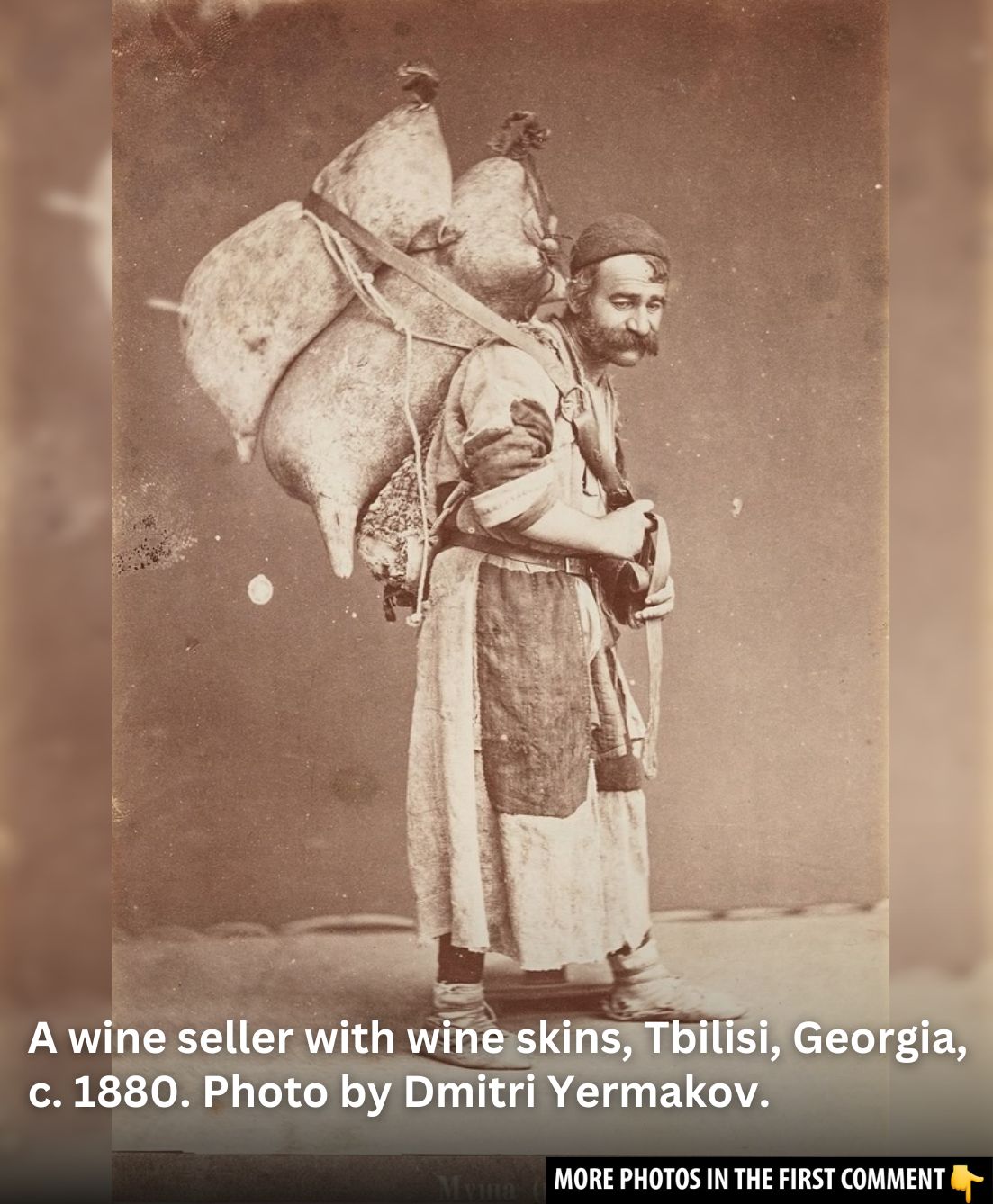In the late 19th century, George Kennan embarked on a remarkable photographic journey that would forever capture the diverse peoples of the Russian Empire. His images, taken during his travels through Siberia, the Caucasus, and Central Asia, offer a unique glimpse into cultures that were rapidly changing under Russian influence. Kennan’s lens not only documented the vibrant traditions of indigenous communities but also the tumultuous transformations they faced. As we delve into his compelling photographs, we uncover a visual history that continues to resonate today, shedding light on forgotten cultures and offering a rare glimpse into a bygone era of the Russian Empire.
The Russian-American Telegraph Company and Kennan’s Early Expeditions
In the 1860s, George Kennan became involved with the Russian-American Telegraph Company, which sought to connect the United States and Europe via telegraph lines running through Siberia. This ambitious project led Kennan to travel deep into the heart of the Russian Empire, beginning in the wilds of Kamchatka, a remote peninsula in far eastern Russia.
Although the telegraph line project ultimately failed, Kennan’s photographic documentation of the regions he visited became an invaluable record of the Russian Empire’s ethnic and cultural diversity. From the nomadic herders of Siberia to the cosmopolitan centers of the Caucasus, Kennan’s images captured the essence of these societies as they navigated an ever-changing world.
Video
Watch the video “The Entire History of Russia” for a comprehensive overview of Russia’s rich and complex history.
Siberian People and Landscapes: Kennan’s Eye on Indigenous Cultures

Kennan’s photographic work focused heavily on the indigenous people of Siberia, a region home to numerous ethnic groups with their own distinct customs and lifestyles. Among the subjects of Kennan’s photographs were the Koraks, Chookchees, Yukaghirs, and many others, whose ways of life were rapidly changing due to Russian expansion and modernization.
Kennan’s ethnographic approach captured their clothing, homes, and daily activities, offering a rare and intimate look into their worlds. His photographs continue to provide valuable insight into the lives of these peoples and serve as an important historical record of cultures that have long since been altered or displaced by the forces of colonization and industrialization.
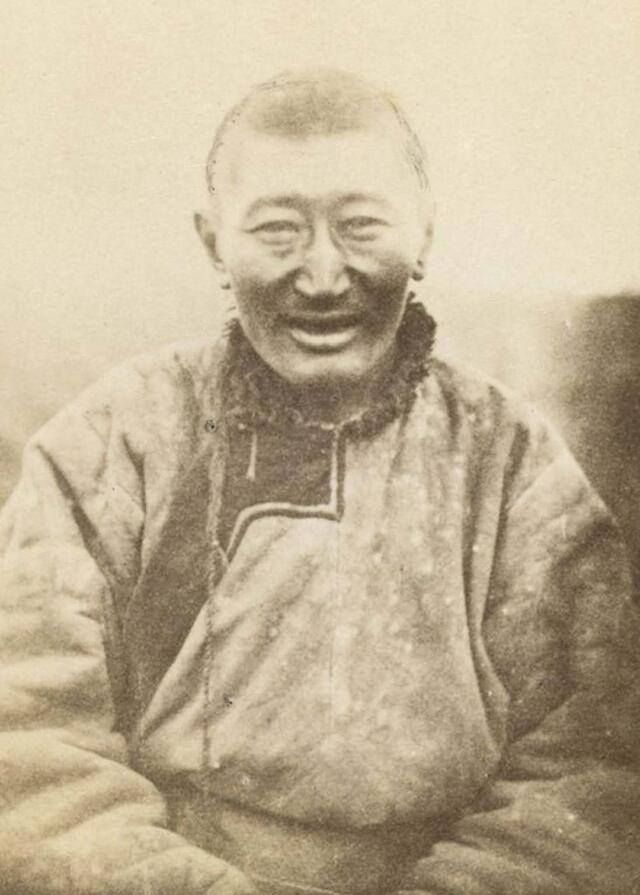
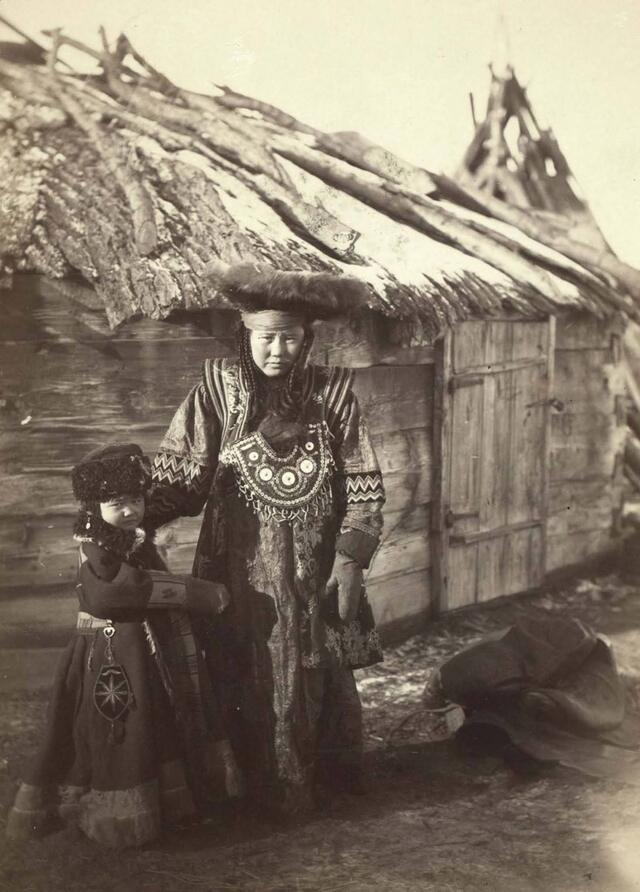
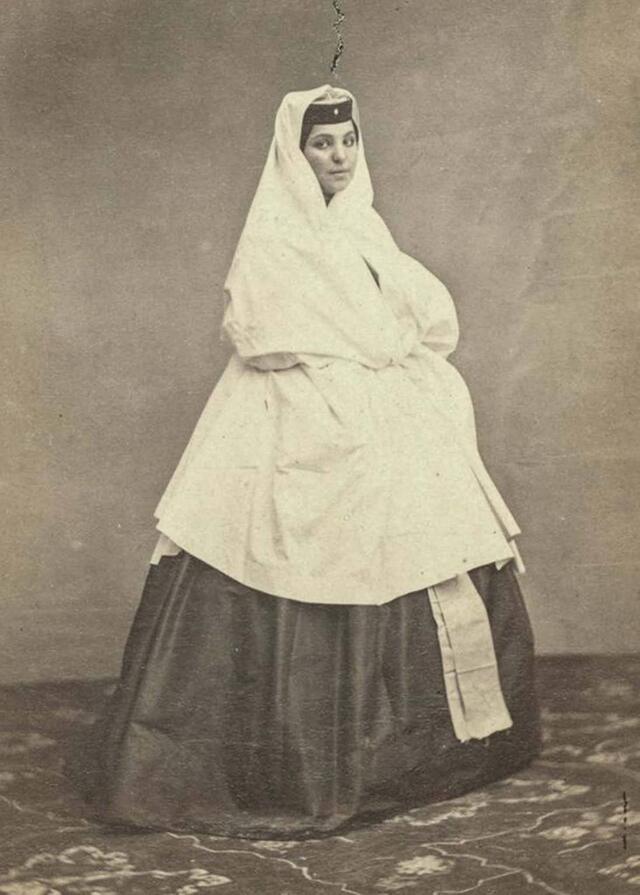
The Caucasus and Central Asia: Kennan’s Journey Through the Highlands
Kennan’s travels were not limited to Siberia; he also ventured into the mountainous regions of the Caucasus and Central Asia, where he encountered communities with diverse traditions and histories. One of his most significant stops was in Dagestan, a region in the northern Caucasus, which had only recently been incorporated into the Russian Empire.

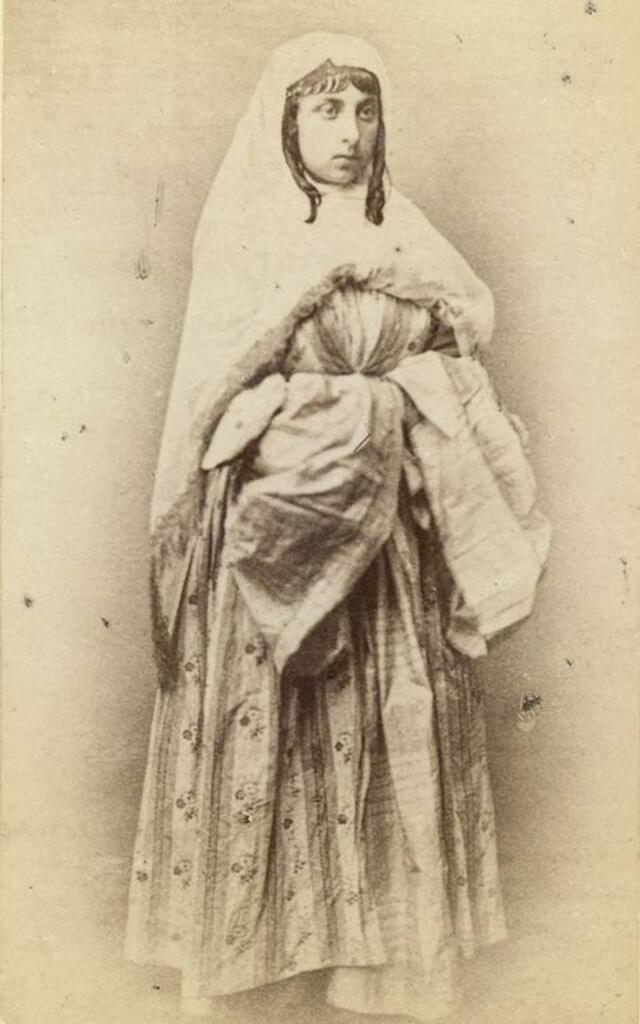
Kennan was the first American to explore this remote and largely Muslim area, which was home to herders, silversmiths, carpet-weavers, and other craftsmen. His photographs provide a glimpse of the customs and lifestyle of these resilient communities, who lived in harmony with the rugged terrain. As a result, Kennan’s work in the Caucasus not only documented the indigenous people but also provided a view into the ongoing transformations of the region as it adjusted to Russian rule.

Capturing the Spirit of Nomadic Life: The Kazakhs and Their Traditions
Among Kennan’s most striking photographs are those of the Kazakh people, who lived a nomadic lifestyle in the vast steppes of Central Asia. The Kazakhs, known for their skills in horsemanship and herding, lived in harmony with nature, traveling with their livestock across the expansive plains.

Kennan’s photos of Kazakh women, often dressed in traditional attire, provide a fascinating look at their customs, rituals, and daily lives. One particularly memorable image shows a Kazakh bride, her expression a mix of solemnity and strength, standing alongside other women dressed in elaborate clothing. These photographs capture the beauty and cultural richness of the Kazakh people, whose way of life has been greatly influenced by both Russian expansion and modernity.
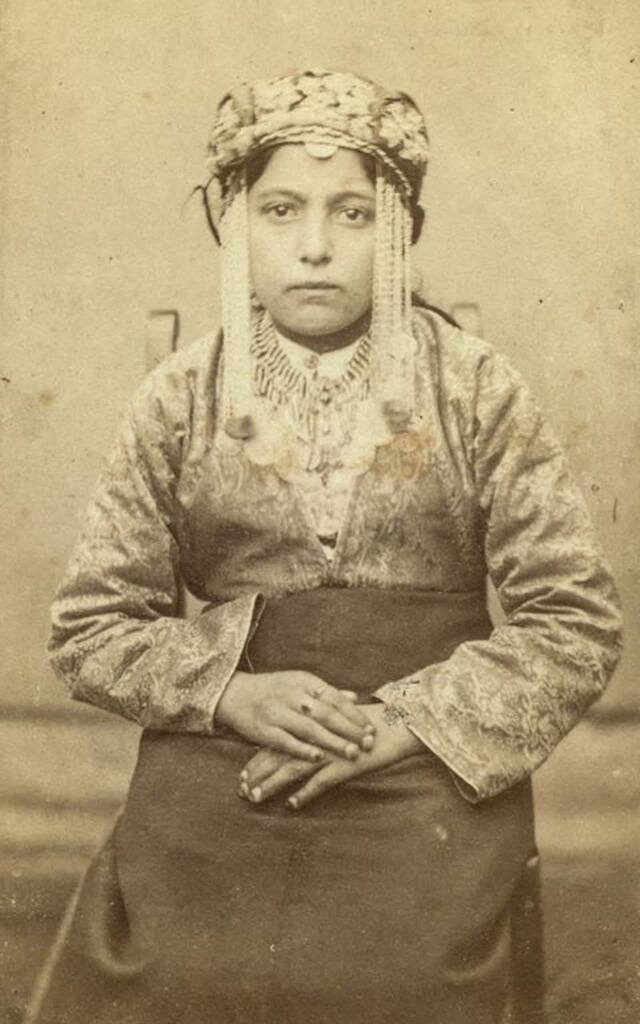
The Controversial Legacy of George Kennan: Fame, Conflict, and Expulsion
Kennan’s travels were not without controversy. His writings and photographs, which critiqued the Russian government’s treatment of its subjects, particularly its policy of forced exile, made him a figure of both respect and hostility. Kennan’s accounts of the hardships faced by many of the Empire’s native peoples, along with his criticism of the Russian authorities, earned him the ire of the Russian government.
His work on the brutal exile system and his outspoken views on the treatment of the Russian people led to his eventual expulsion from the country in 1901. Despite the official opposition, Kennan’s legacy endures through his publications, lectures, and, of course, his photographs, which continue to shed light on the lives of those living in the Russian Empire.
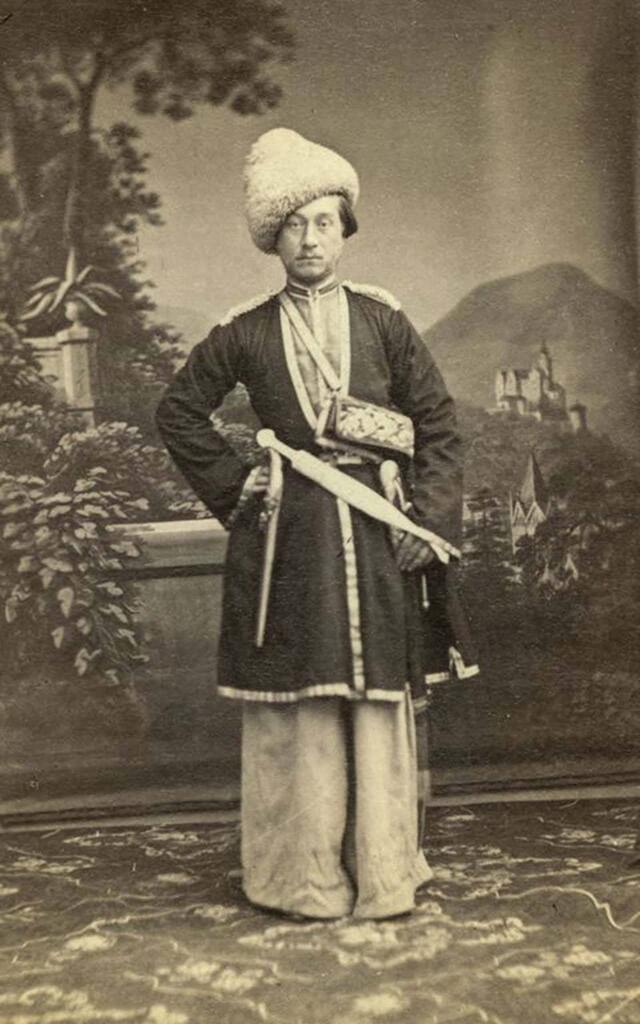
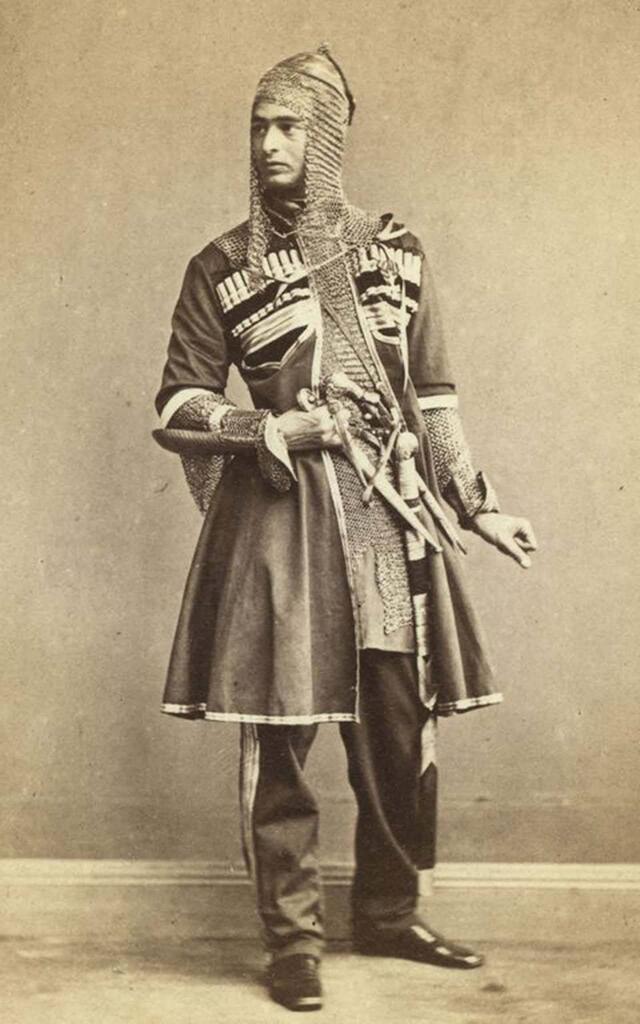

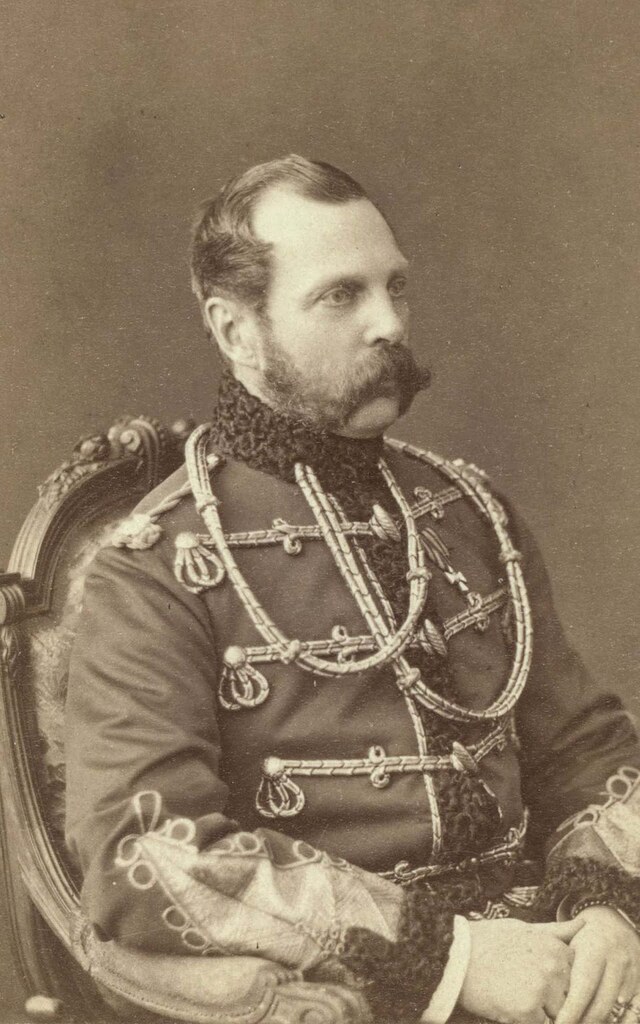
Gallery: A Photographic Tribute to the Russian Empire’s Diverse Peoples
Kennan’s photographs are not merely images of people; they are reflections of an era, capturing the diverse cultures and individuals that made up the Russian Empire. The following gallery presents some of his most iconic and thought-provoking photographs, each telling its own story about the people, landscapes, and moments in history that Kennan immortalized. These images offer a window into a long-gone world, providing a deeper understanding of the ethnic, cultural, and social fabric of the Russian Empire.

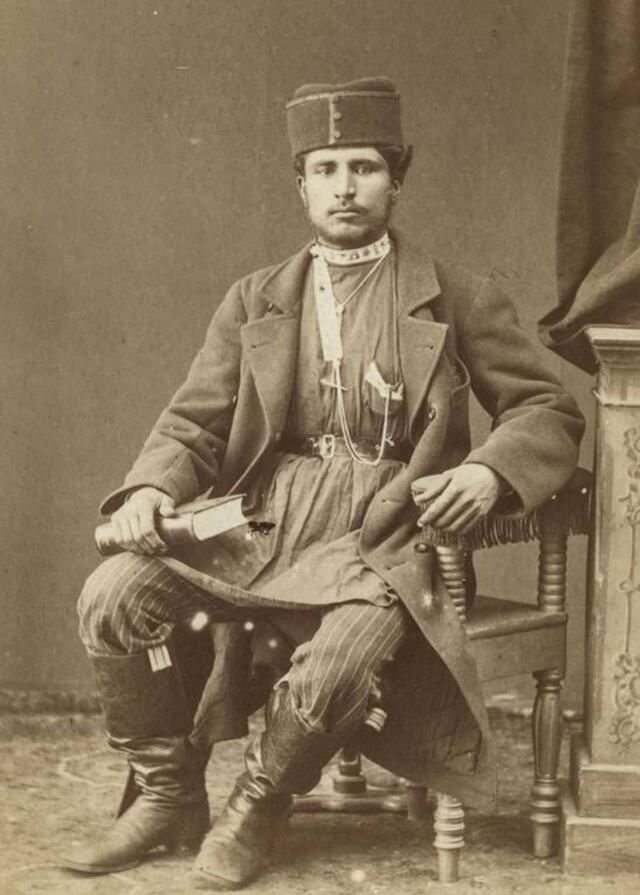
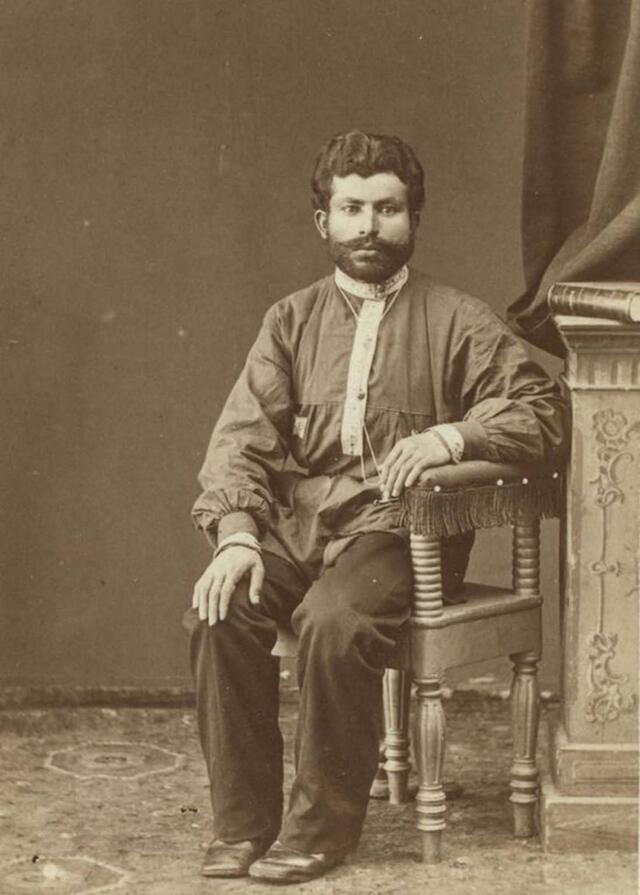
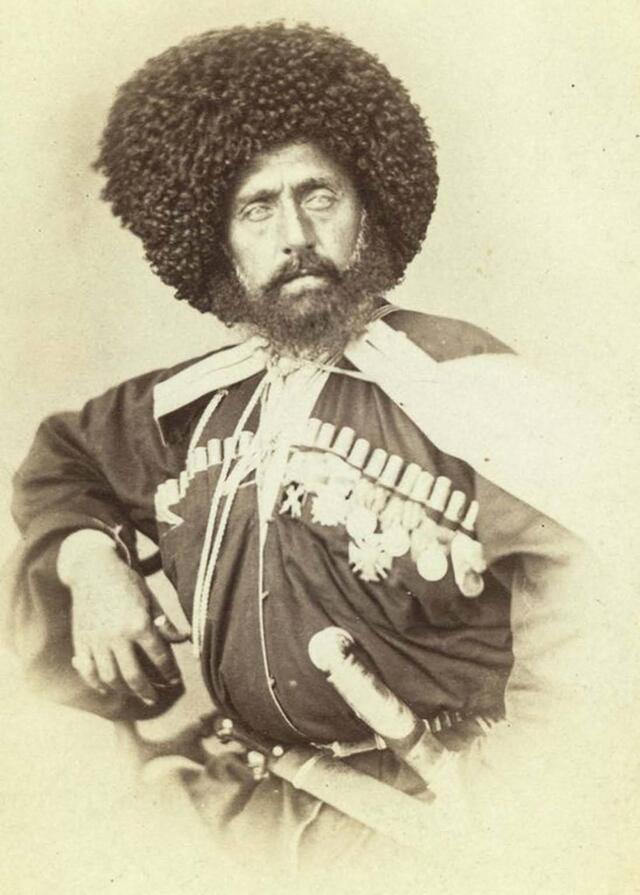
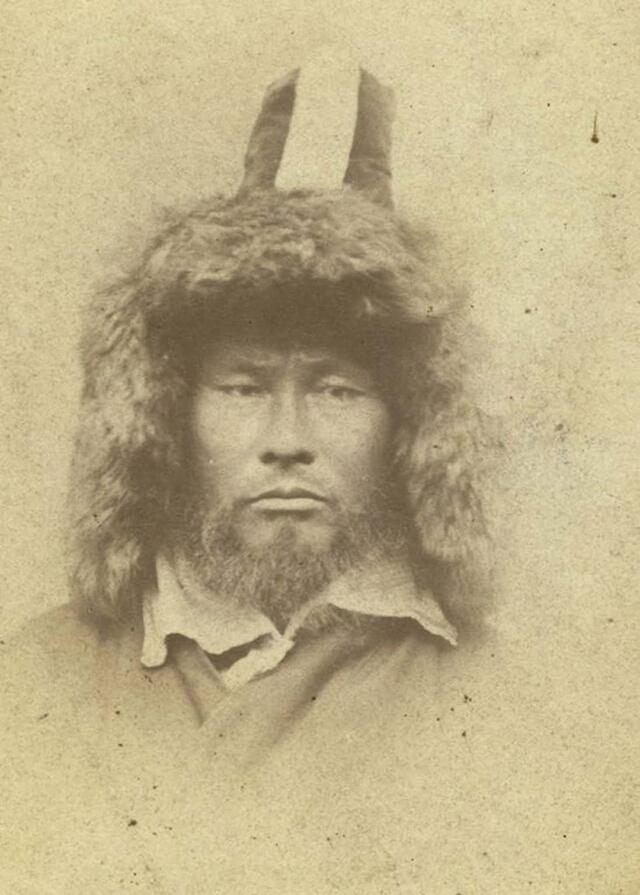
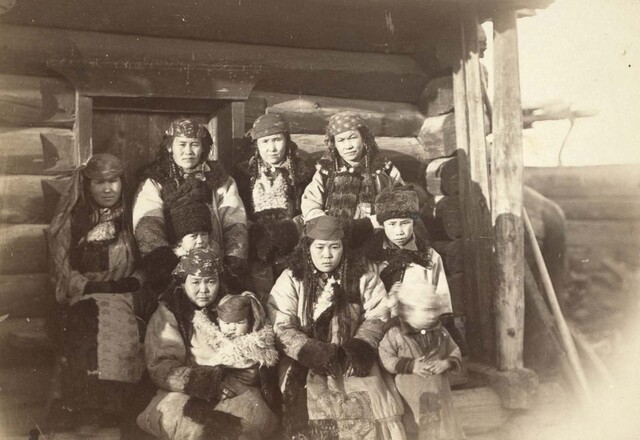
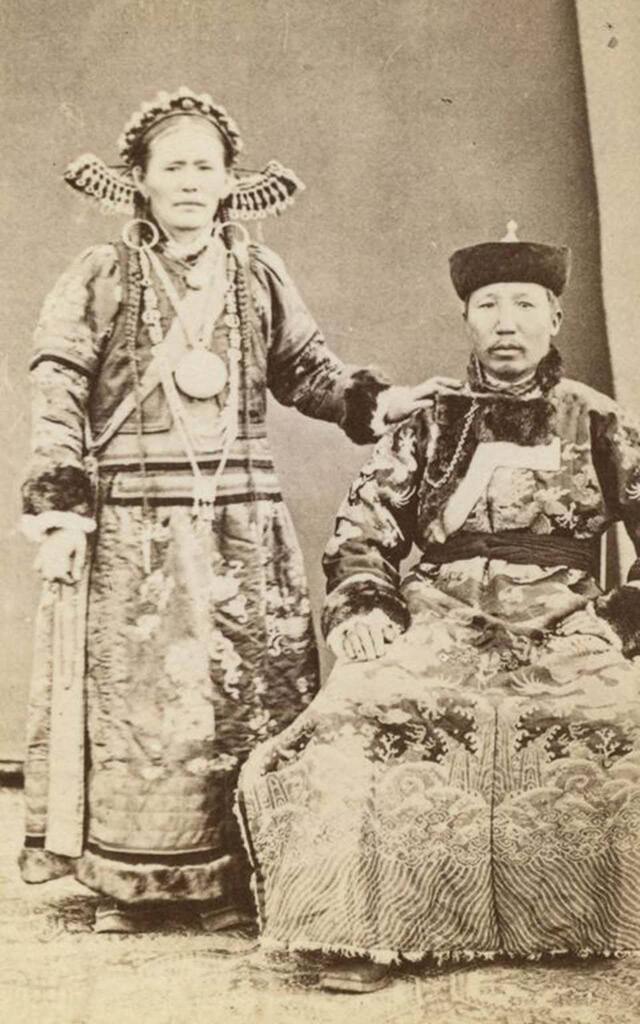
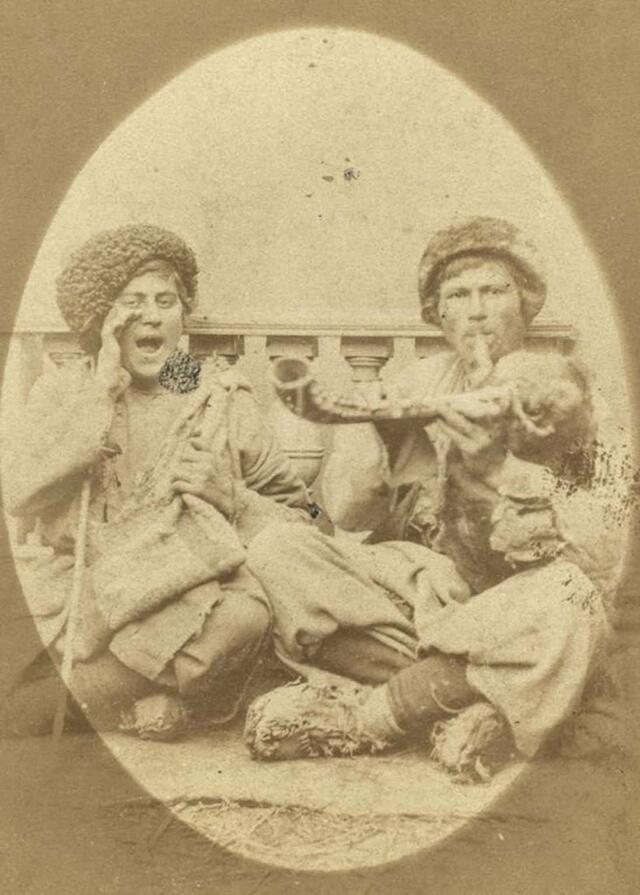
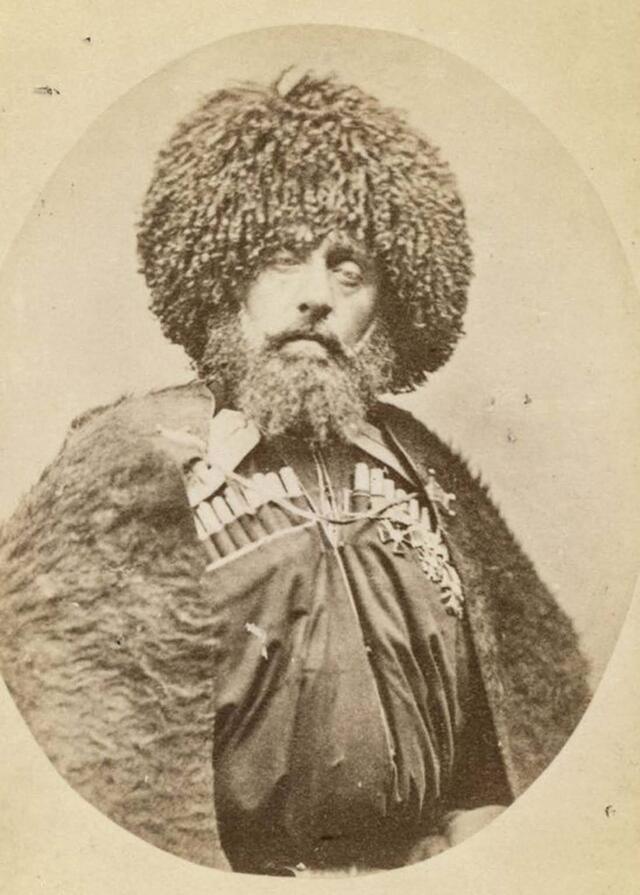
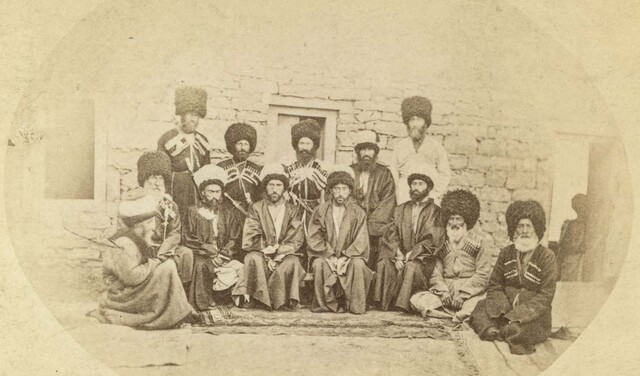
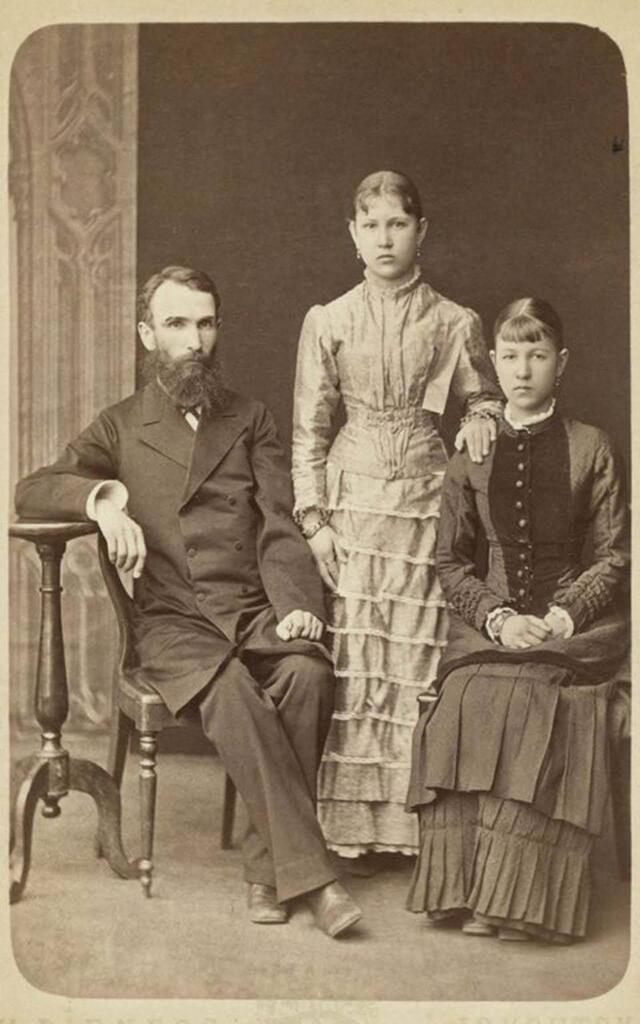
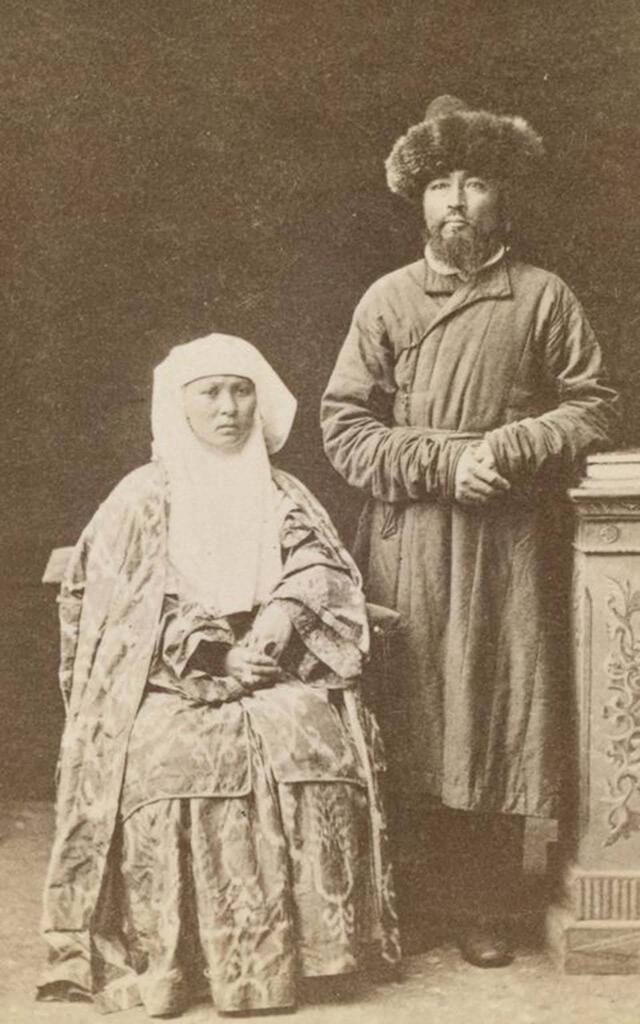
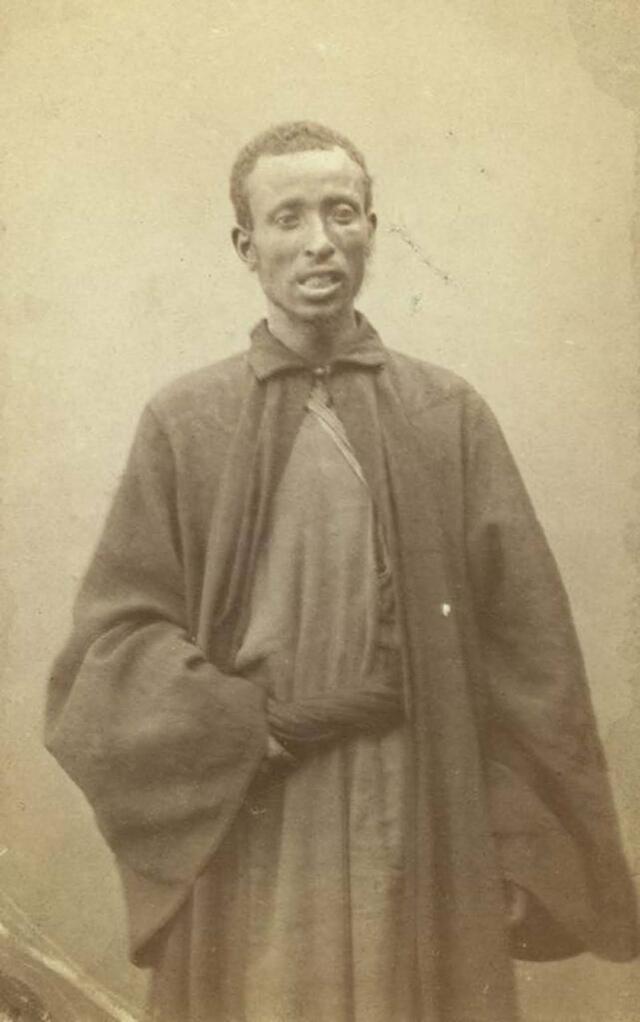
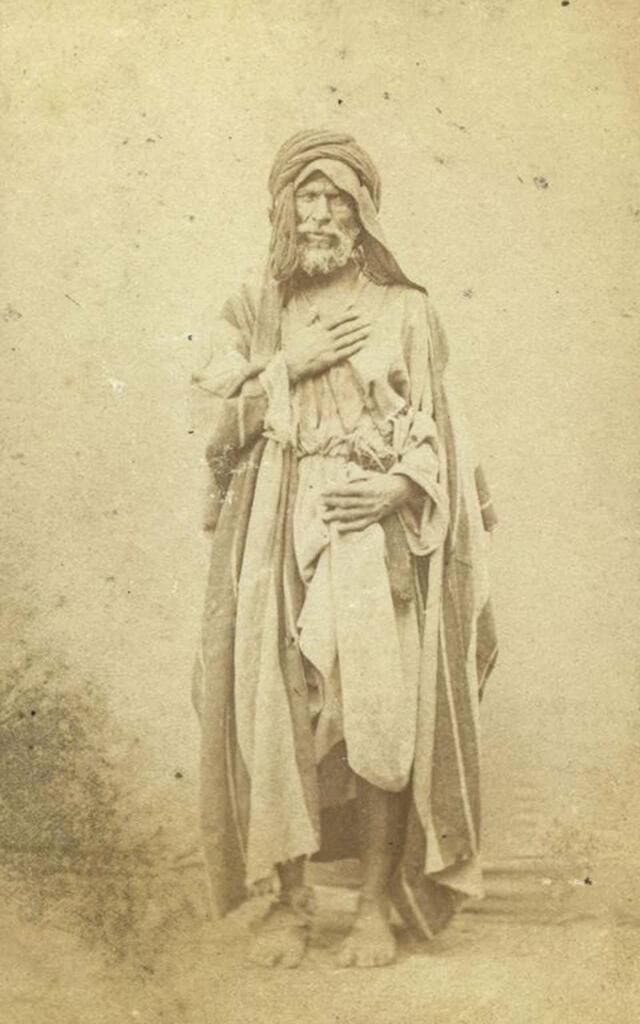
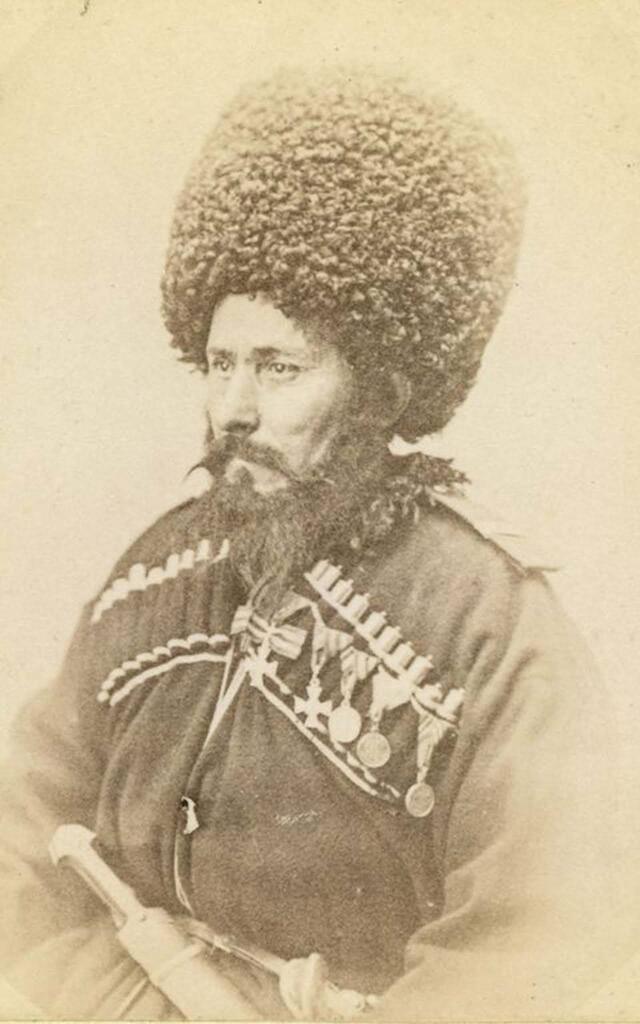
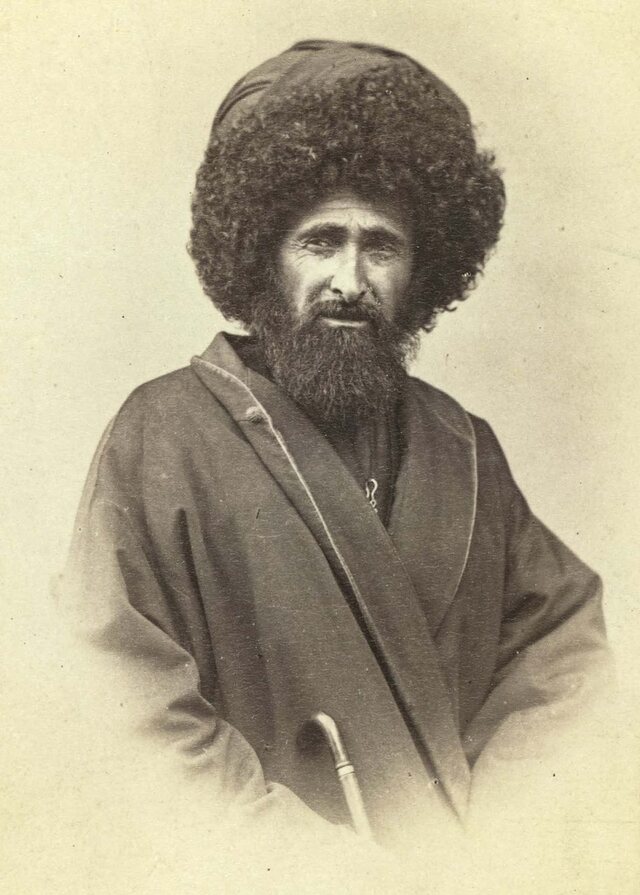
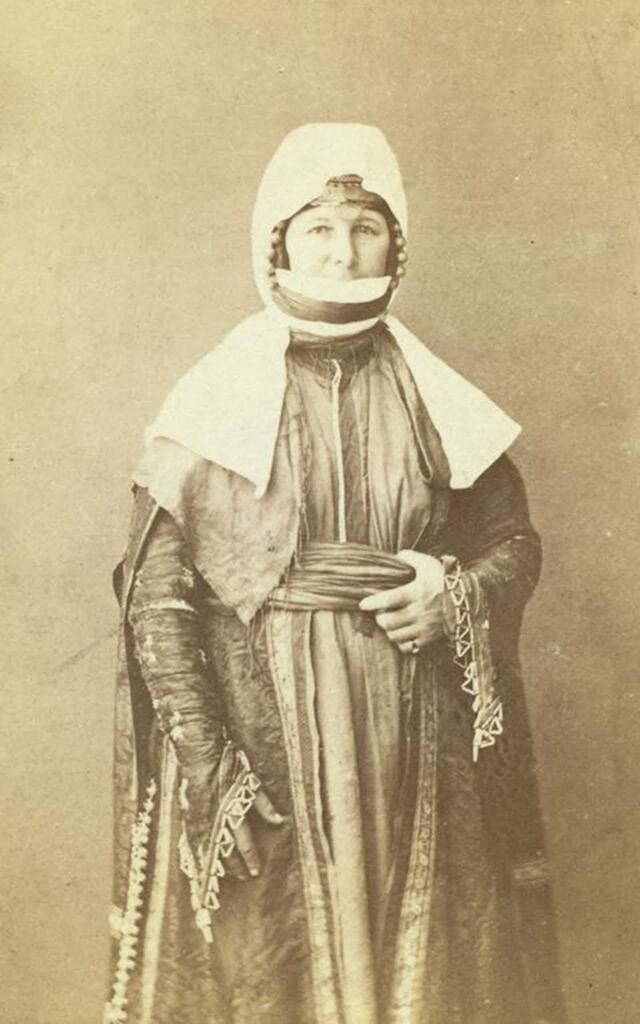
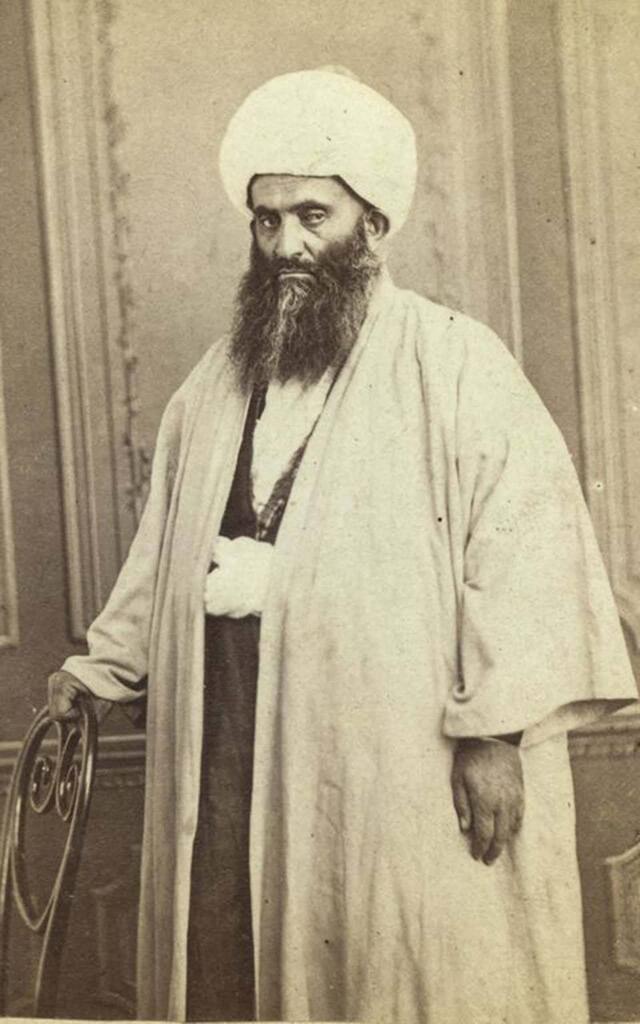
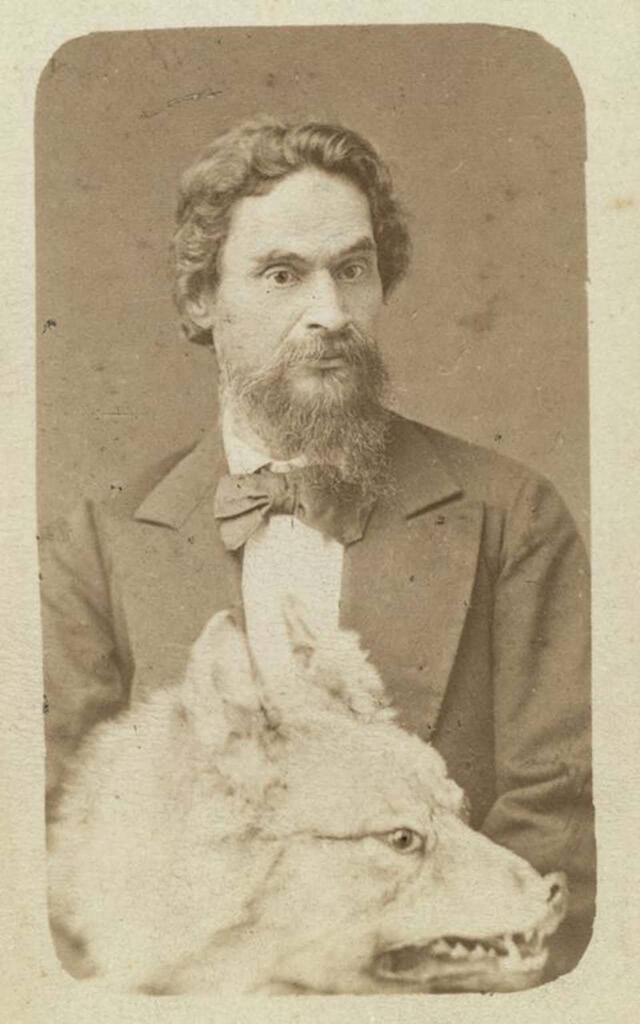
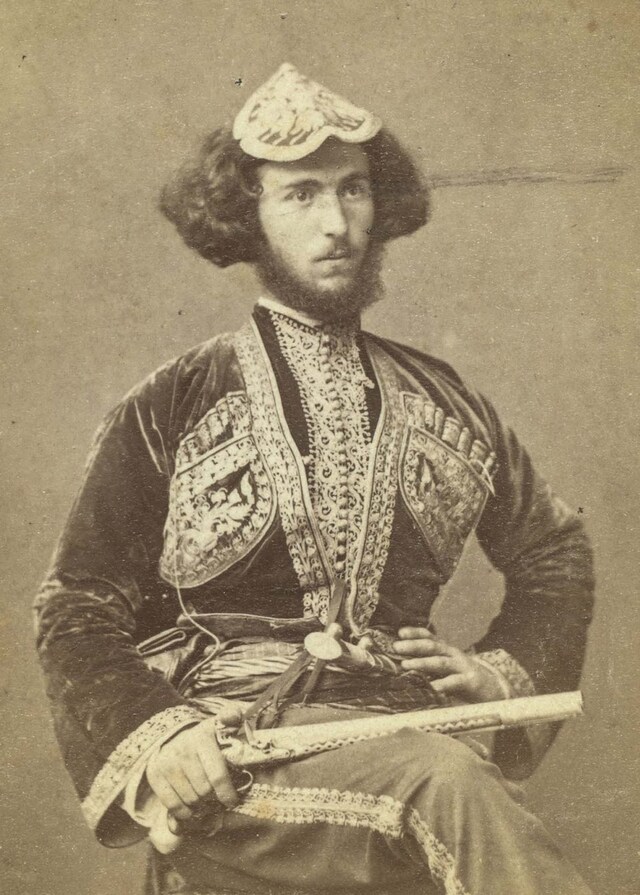
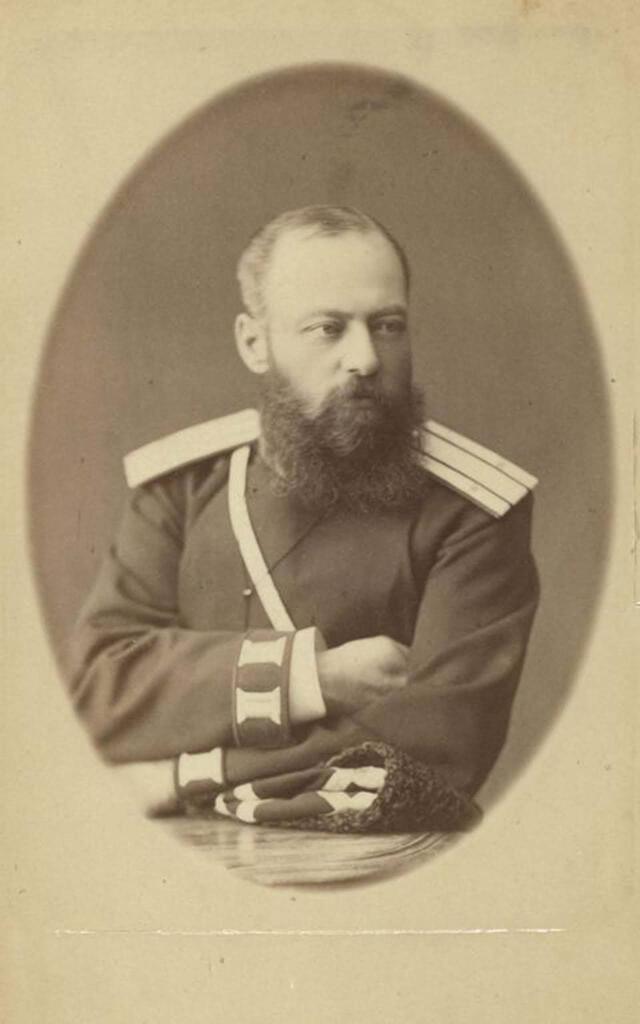
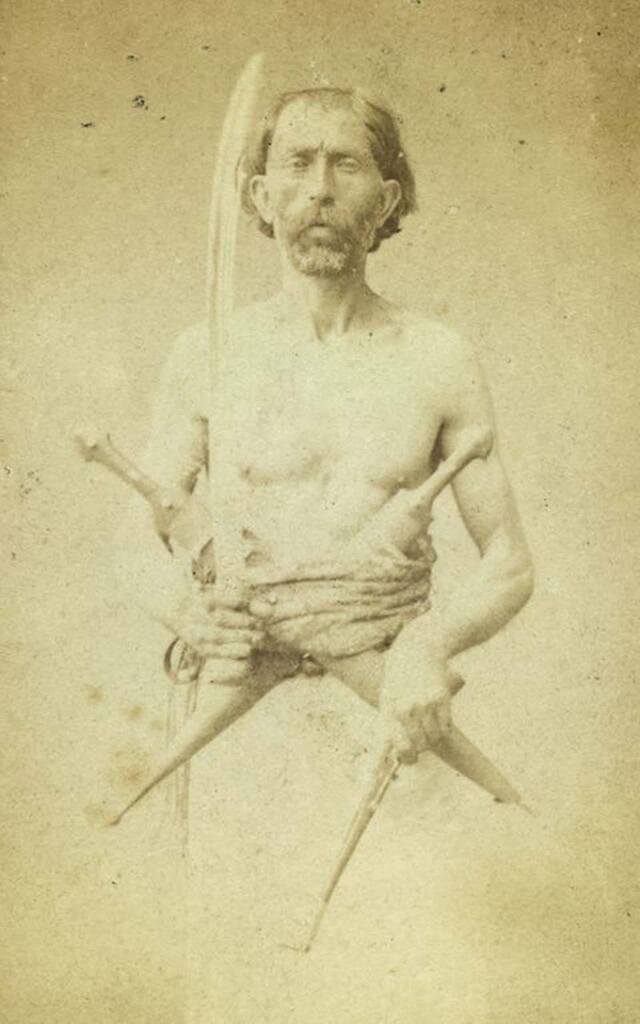
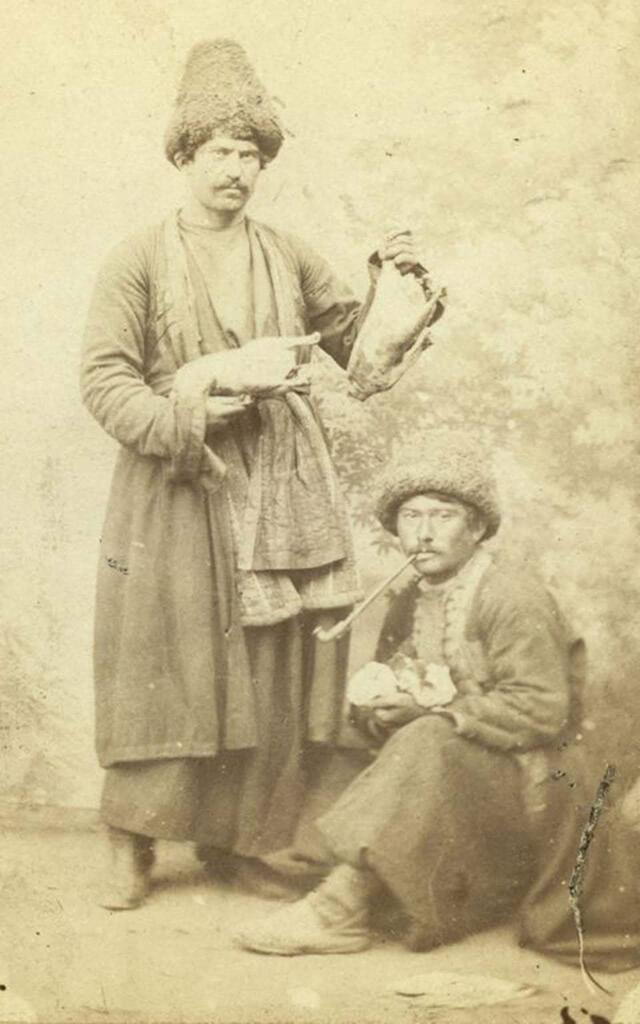


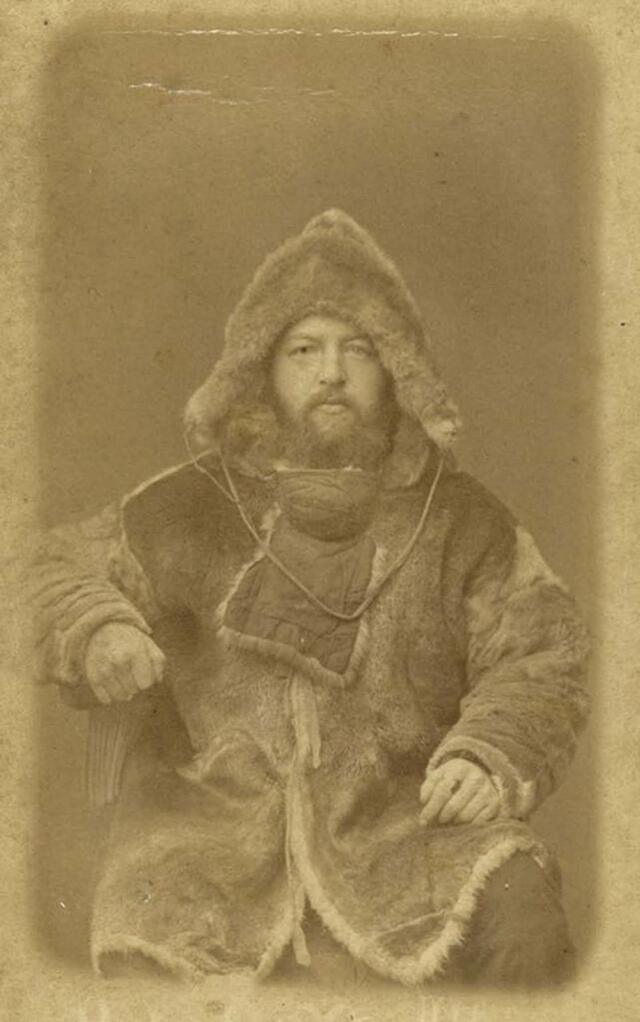
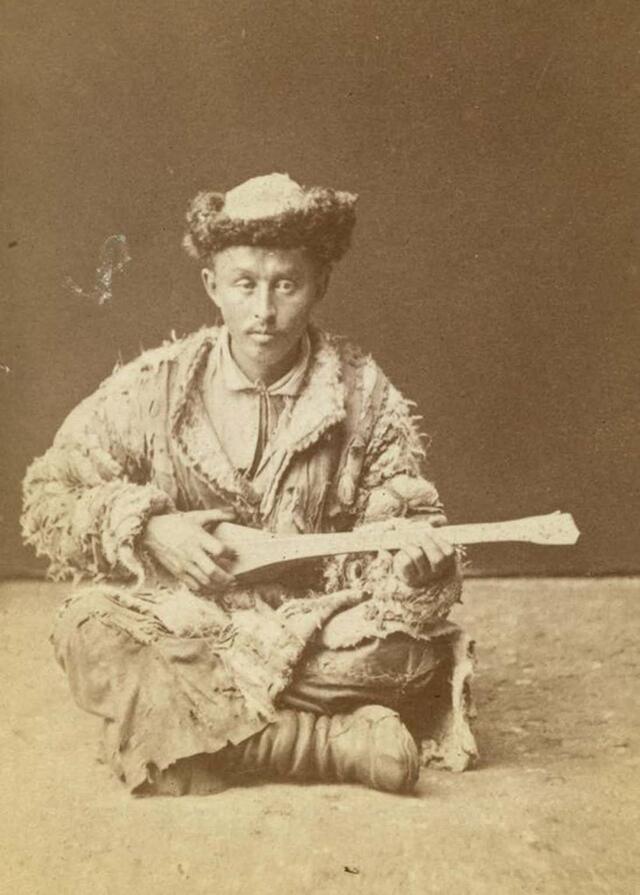
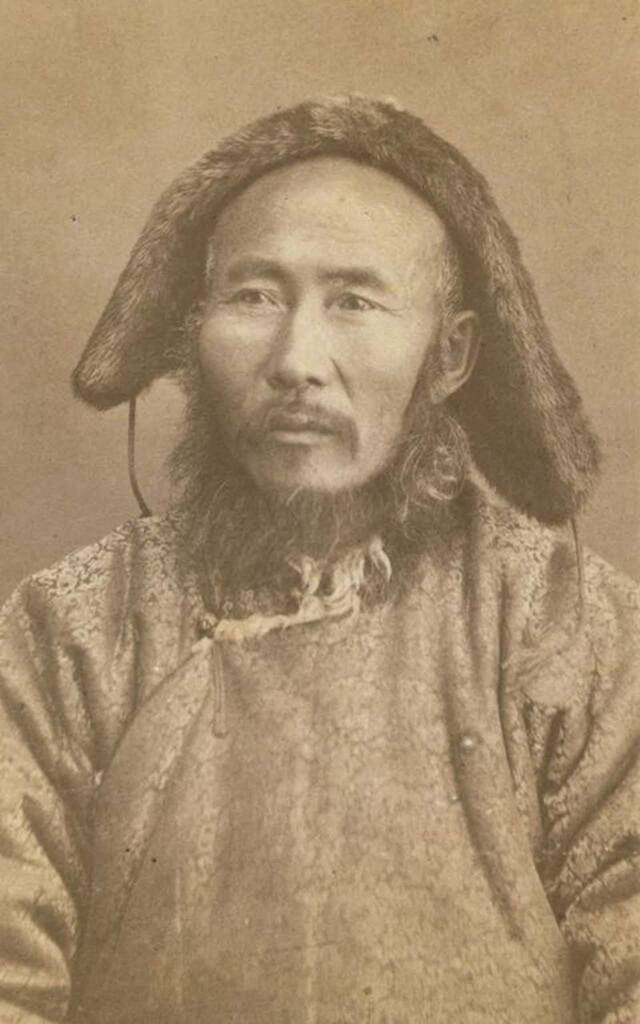
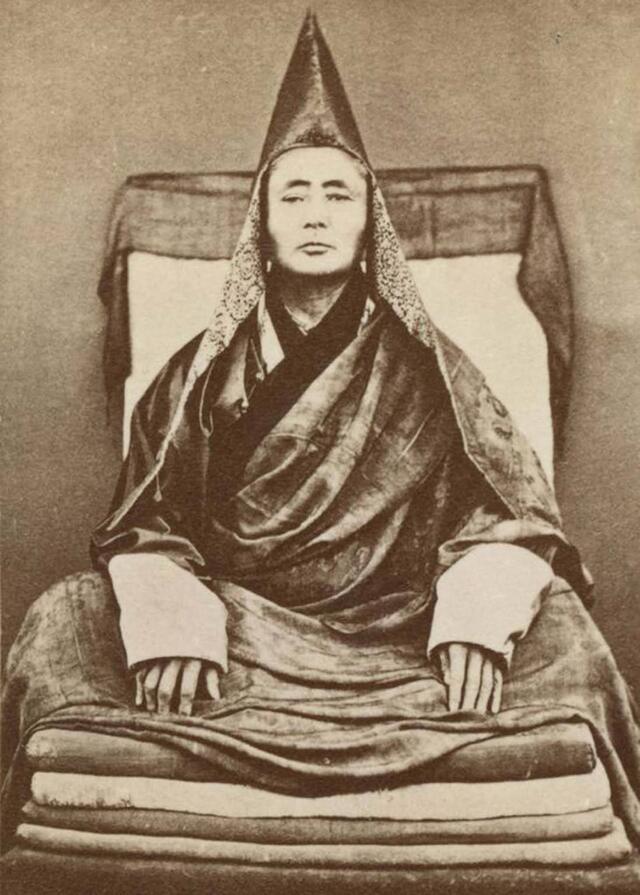
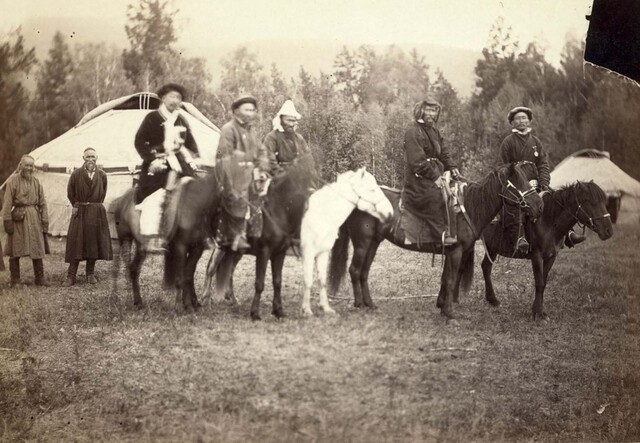
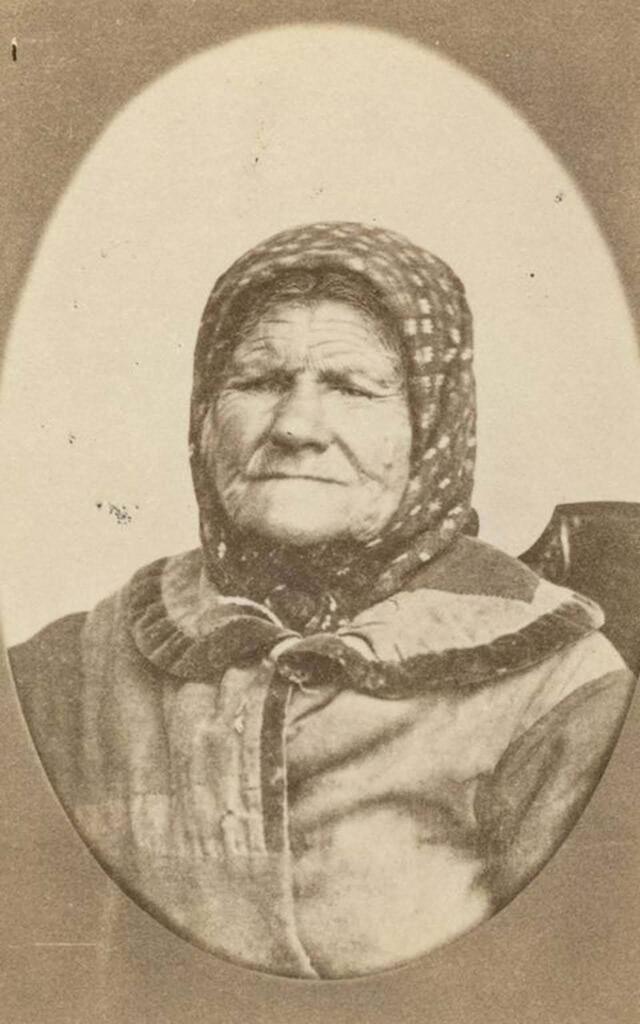
Video
Watch the video “The Russian Revolution” for an in-depth look at this pivotal moment in history.
Conclusion: The Lasting Influence of Kennan’s Work
George Kennan’s photographic journey through the Russian Empire is a testament to the power of visual storytelling and ethnographic documentation. His images capture the diversity and complexity of the Empire’s peoples, many of whom have been lost to history or radically transformed by the forces of modernization and colonialism. Today, Kennan’s work continues to inspire scholars, photographers, and historians alike, serving as both a historical record and a work of art. As we reflect on his contributions, we are reminded of the importance of preserving and sharing the stories of those who have often been overlooked or forgotten by mainstream narratives. Through Kennan’s lens, we gain a deeper understanding of the past and the cultures that shaped the Russian Empire.
